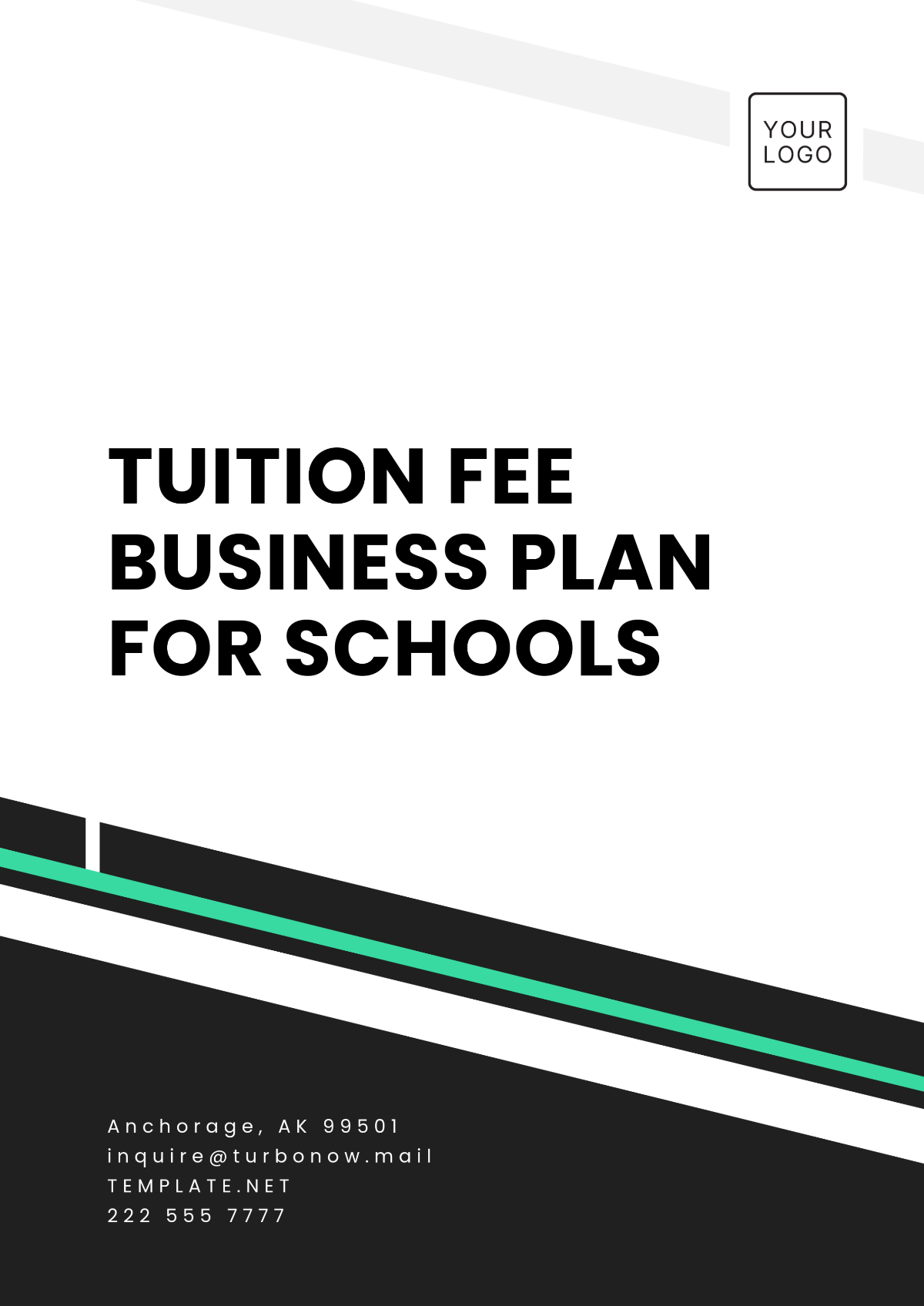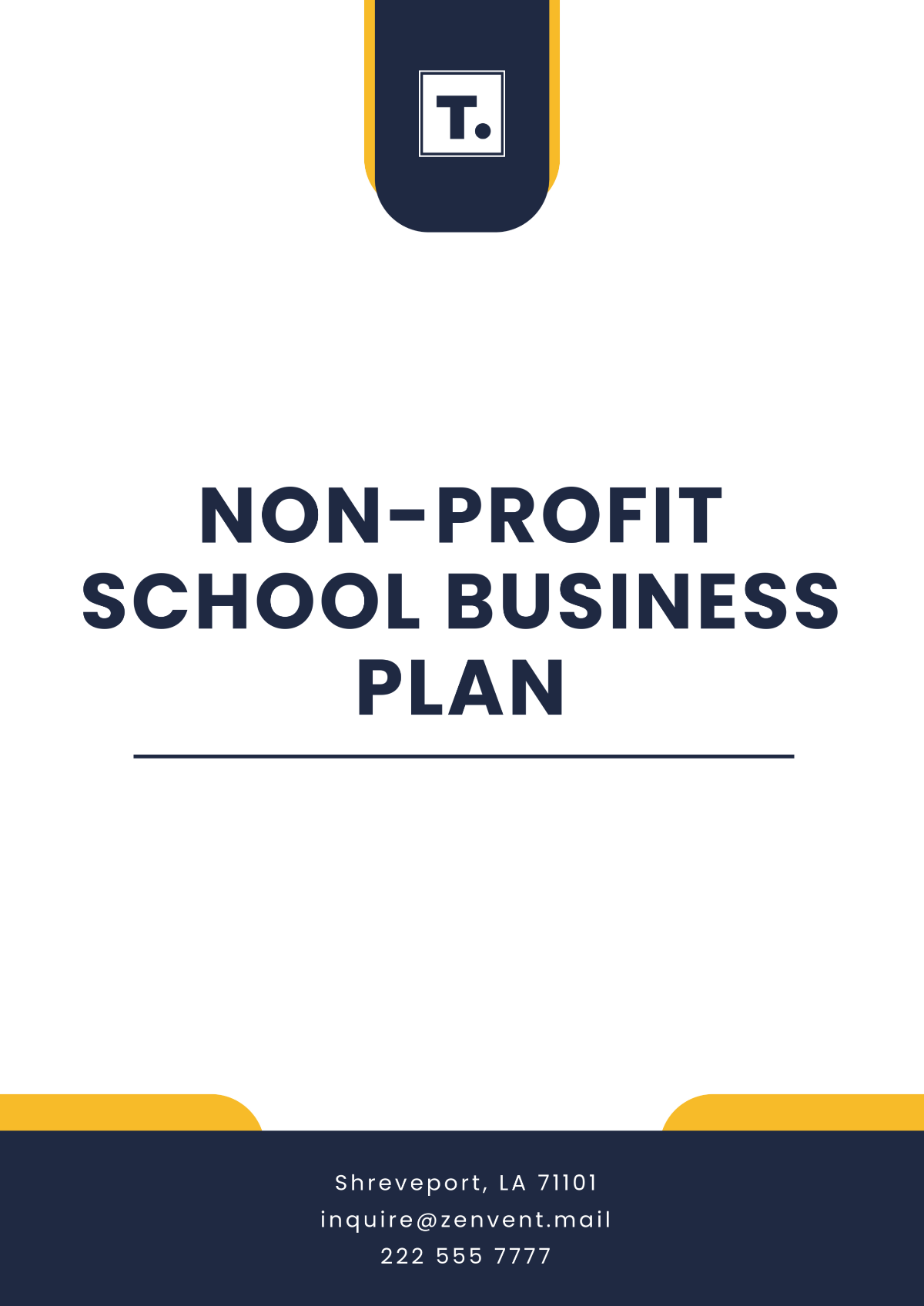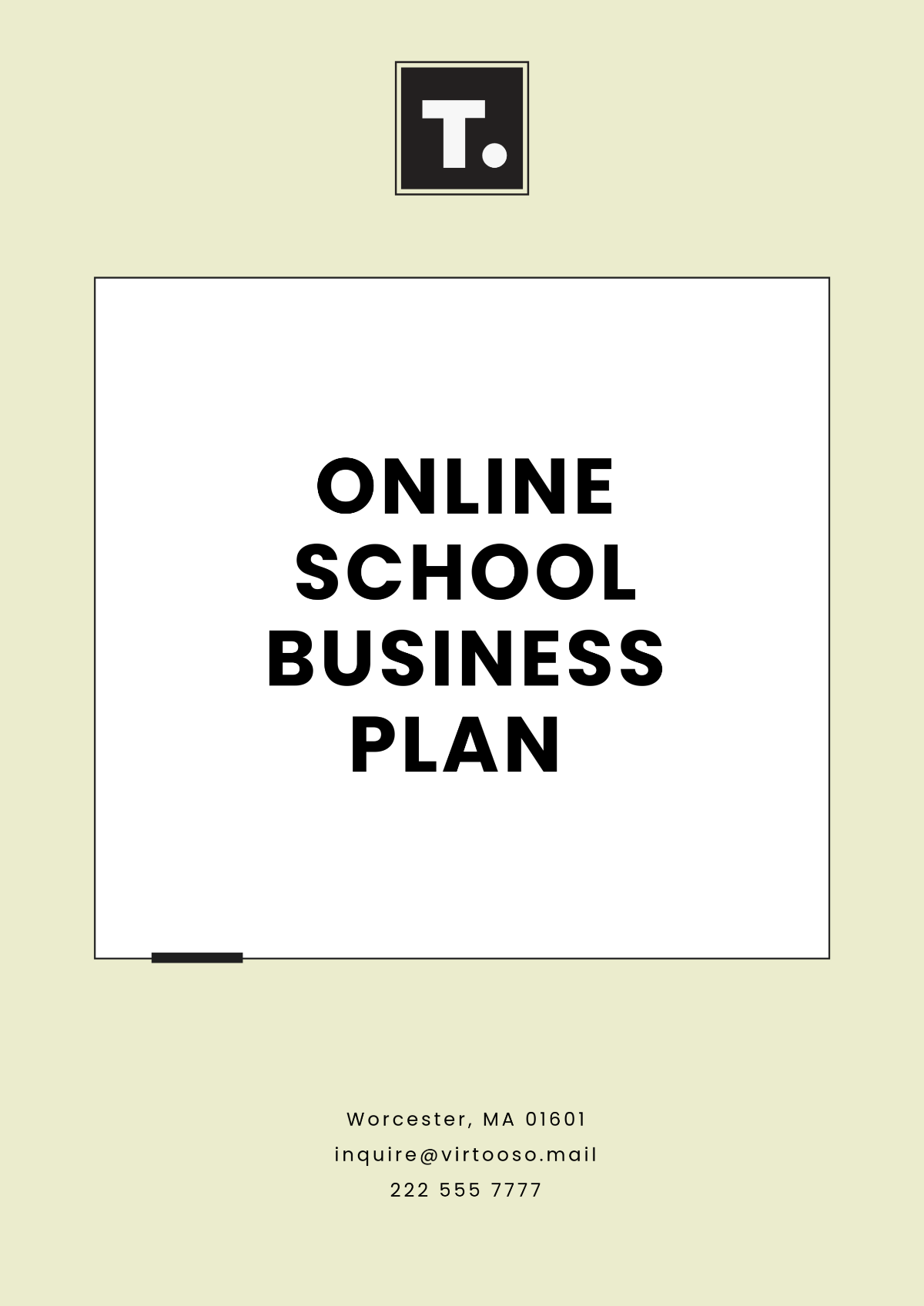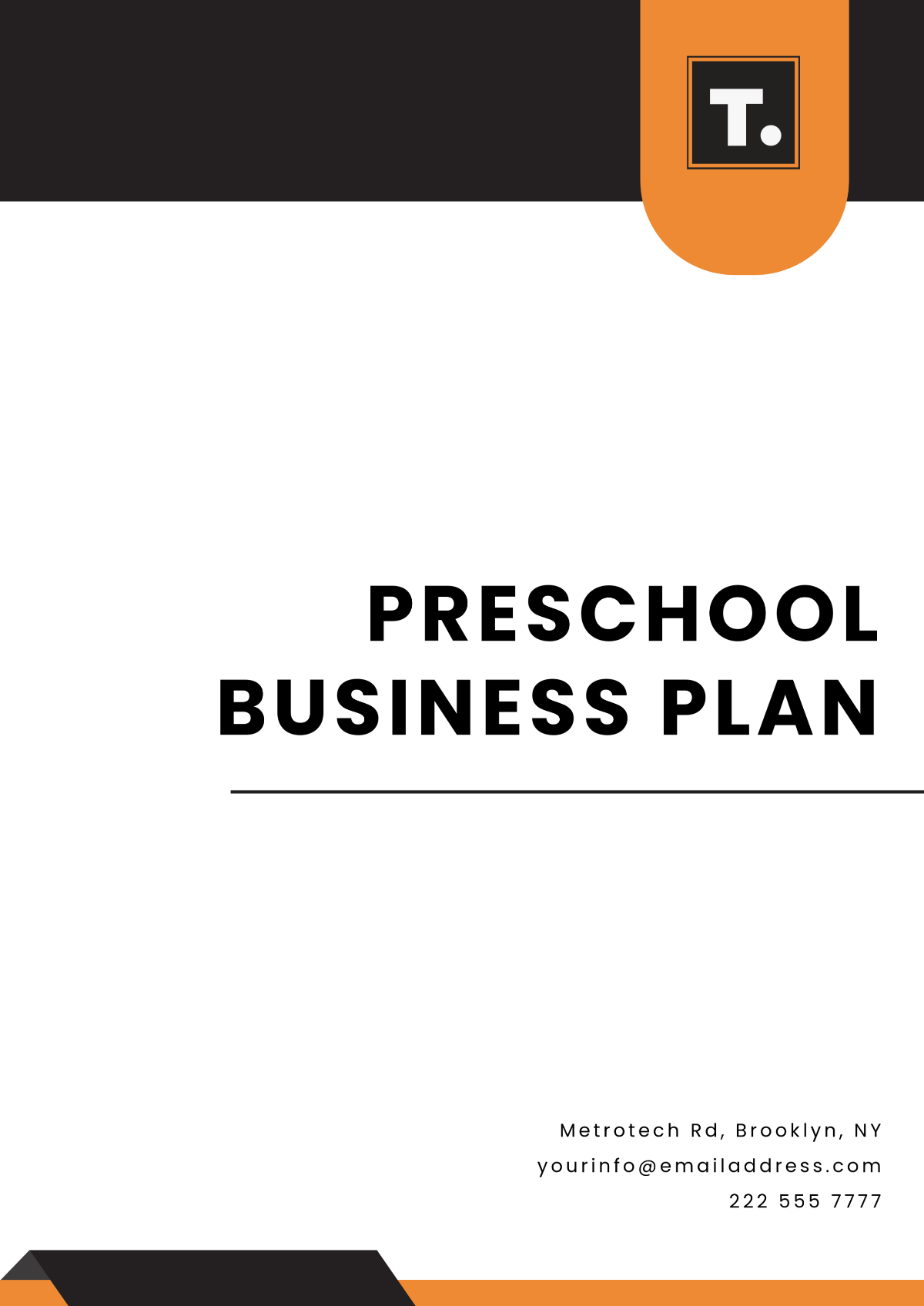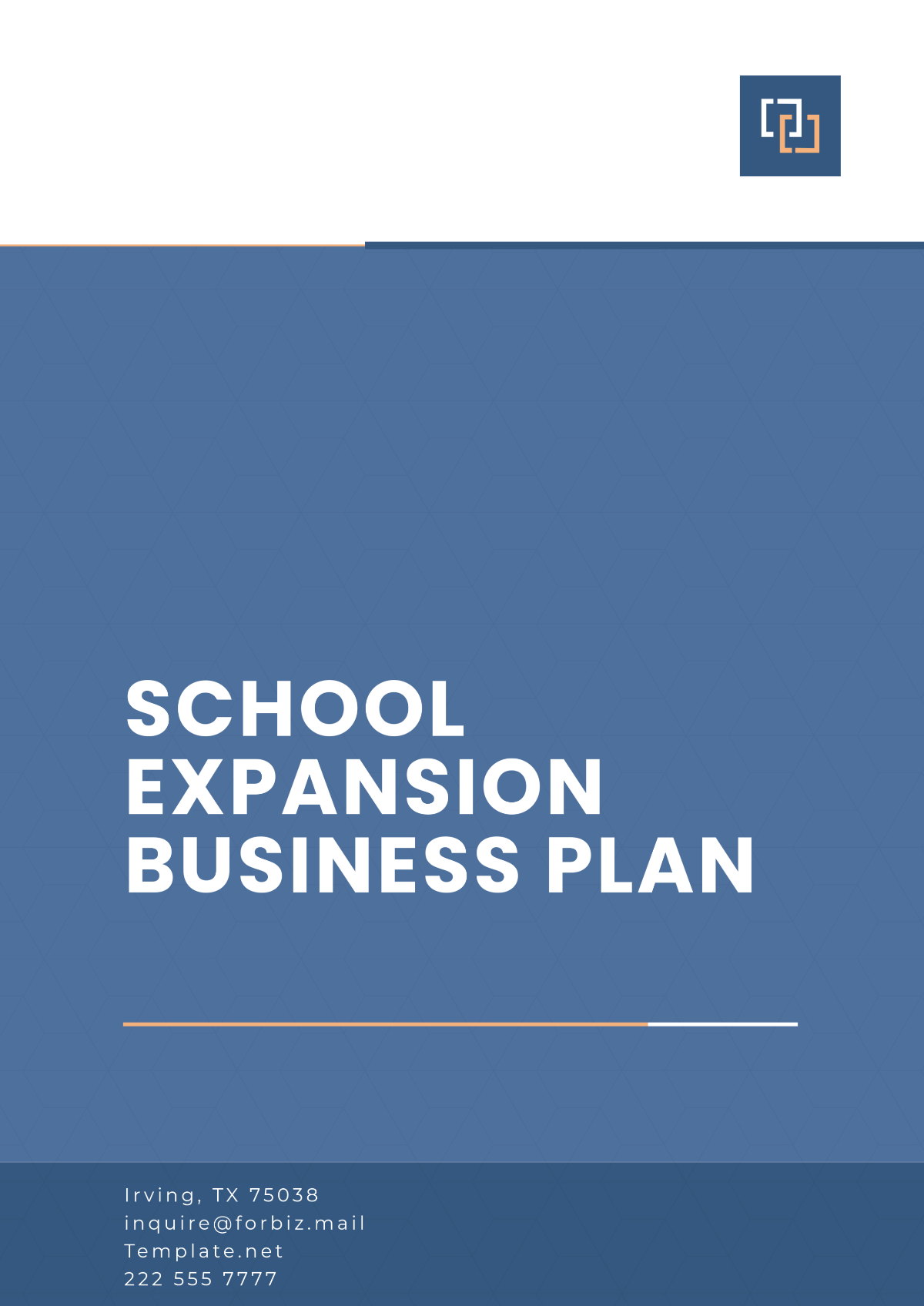How to Write a School Business Plan
Prepared by: [Your Name]
I. Introduction

Writing a business plan for a school is a crucial step toward ensuring the success and sustainability of the institution. Whether you’re starting a new school, seeking funding, or improving existing operations, a well-structured business plan is essential. This guide will walk you through the necessary components of a school business plan and provide tips on creating a plan that reflects your vision and goals.
Creating a business plan is more than just a document; it’s a roadmap that will guide your school’s growth, attract investors, and outline your strategy for managing resources effectively. In this article, we’ll cover each essential section that makes up a comprehensive school business plan.
II. Executive Summary
A. What is an Executive Summary?

The executive summary is a brief overview of the entire business plan. It summarizes the key elements of the plan concisely and compellingly, often capturing the attention of potential investors, partners, or stakeholders. The executive summary should highlight the most important aspects, such as the school’s mission, vision, and unique offerings.
Mission: What is the purpose of the school?
Vision: What is the long-term goal for the school’s growth?
Unique Selling Proposition: What sets the school apart from others?
B. Key Components of the Executive Summary
Here’s a quick breakdown of the elements to include in your executive summary:
Overview of the School: Greenfield Academy, located in [City Name], will be a private institution focused on STEM education for students in grades K-12.
Educational Philosophy and Objectives: Our school’s mission is to foster a love for learning through innovative teaching methods and provide a comprehensive education that prepares students for the technological landscape of tomorrow.
Target Market: We will primarily serve students from middle-class and upper-middle-class families in the surrounding [City Name] area.
Financial Overview: Greenfield Academy will require an initial investment of $3 million to cover start-up costs, with projected revenue of $2 million in the first year.
Strategic Goals: Our main goal is to have an enrollment of 500 students by the end of the first year, with plans to expand to a second campus by 2055.
III. School Description
A. Vision and Mission Statement
Your vision and mission statement outline the purpose of your school and its overall objectives. These statements should reflect the values you aim to instill in your students, faculty, and staff.
Mission Statement: Greenfield Academy’s mission is to inspire students to become lifelong learners and leaders in science, technology, engineering, and mathematics (STEM).
Vision Statement: Our vision is to become the leading STEM-focused educational institution in [Region Name] by 2050, providing world-class education while fostering innovation, creativity, and collaboration among students and faculty.
B. School Type and Structure
It’s important to define the type of school you’re establishing, as this will impact the strategies you implement. Consider the following options:
Private Schools: Greenfield Academy will be a private, tuition-based school offering personalized educational experiences.
Public Schools: N/A (Greenfield Academy will not be a public institution).
Charter Schools: N/A.
International Schools: N/A.
IV. Market Analysis
A. Identifying Your Target Market
Understanding your target market is crucial for crafting a successful business plan. The more you know about the local community and the demand for education, the better positioned you will be to succeed. Your target market could include:
Primary/Secondary Students: Greenfield Academy will cater to children between the ages of 5 and 18.
Parents: Families in the [City Name] region who are seeking a high-quality, STEM-focused education for their children.
Teachers and Faculty: Educators with expertise in STEM fields, particularly in technology, engineering, and mathematics.
B. Competitor Analysis
Conduct a thorough competitor analysis to determine your school’s position within the market. This involves identifying local schools that offer similar programs and evaluating their strengths and weaknesses. Here are some important factors to consider:
Location: Greenfield Academy will be located in [City Name], close to major highways and public transportation options, making it accessible to families across the region.
Curriculum: Our school will offer a comprehensive STEM-focused curriculum, while many local competitors only provide limited STEM offerings.
Reputation: We aim to build a reputation for academic excellence by hiring top-tier educators and leveraging cutting-edge technology in the classroom.
C. SWOT Analysis
Conduct a SWOT analysis to identify your school’s strengths, weaknesses, opportunities, and threats.
Strengths: Greenfield Academy’s specialized focus on STEM education, modern facilities, and commitment to innovation.
Weaknesses: Initial lack of brand recognition and competition from established local schools.
Opportunities: The growing demand for STEM education and potential partnerships with tech companies in the area.
Threats: Economic downturns or changes in government policies that affect private school funding.
V. Organizational Structure
A. Leadership Team
The success of any school largely depends on the leadership team. Clearly define the roles and responsibilities of key personnel, such as:
Principal/Head of School: [Principal Name] – responsible for overseeing school operations and ensuring the curriculum meets high educational standards.
Business Manager: [Manager Name] – in charge of financial management, budgeting, and ensuring the school's financial sustainability.
Teachers and Faculty: [Teacher Name], who will provide instruction and support to students.
B. Organizational Chart
An organizational chart can visually represent the hierarchical structure of your school. This will provide clarity on reporting lines and responsibilities.
Role | Name | Responsibilities |
|---|---|---|
Principal | [Principal Name] | Oversee school operations and curriculum |
Business Manager | [Manager Name] | Handle finances, payroll, and budgets |
Teachers | [Teacher Name] | Lead classrooms and ensure academic progress |
VI. Educational Programs and Services

A. Curriculum Overview
Define the key educational programs your school will offer. This could include:
Core Subjects: Math, English, Science, and History, all integrated with STEM-focused lessons.
Specialized Programs: Robotics, coding, and artificial intelligence.
Extracurricular Activities: Robotics Club, Science Fairs, and coding boot camps.
B. Unique Offerings
To stand out from the competition, highlight the unique aspects of your school. This could involve offering specialized training, personalized learning approaches, or technological integration.
STEAM Integration: While STEM is our core focus, we will also integrate the arts into our curriculum, creating a well-rounded approach that fosters creativity alongside technical skills.
VII. Financial Plan
A. Funding Requirements
Outline your school’s initial capital requirements, including building costs, staffing expenses, and operational funding. Make sure to detail whether you’re seeking grants, loans, or investor contributions.
Initial Funding: We will need $3 million to cover initial building costs, including construction, staffing, and equipment.
Operating Budget: An estimated $1 million per year to cover salaries, utilities, and other ongoing expenses.
B. Revenue Model
Define how your school will generate revenue. Some potential sources of income include:
Tuition Fees: Annual tuition fees for grades K-12 will range from $10,000 to $15,000 per student, depending on grade level.
Government Funding: Greenfield Academy will not rely on government funding, as it is a private institution.
Donations and Grants: We aim to raise $500,000 through donations and grants over the next 5 years.
C. Financial Projections
Provide detailed financial projections for the first 3-5 years, including:
Start-Up Costs: Initial expenses of $3 million.
Revenue Forecasts: $2 million projected income in year one, with growth thereafter.
Operational Costs: Estimated operational costs of $1 million in the first year.
Year | Revenue | Expenses | Profit/Loss |
|---|---|---|---|
2050 | $2 million | $1 million | $1 million profit |
2051 | $3 million | $1.2 million | $1.8 million profit |
2052 | $4 million | $1.5 million | $2.5 million profit |
VIII. Marketing and Sales Strategy
A. Marketing Plan
Develop a comprehensive marketing strategy to attract students, raise awareness, and promote your school’s values. This could include:
Social Media Campaigns: Using platforms like Facebook, Instagram, and LinkedIn to reach a wide audience.
Community Engagement: Hosting events, workshops, and school tours to engage with prospective students and their families.
Online Presence: Creating an informative website with details about the school’s programs and benefits.
B. Enrollment Process
Streamline the enrollment process by providing clear instructions for prospective families. This could include an online application system, informational brochures, and in-person meetings with administrators.
IX. Conclusion
Writing a school business plan requires attention to detail and a clear vision of your school’s goals. By carefully structuring your plan and including all necessary components, you’ll be better positioned to launch and sustain a successful educational institution. Don’t forget to regularly review and update your business plan as your school evolves.
By following this template, you’re taking a significant step toward building a strong foundation for your school’s future.







